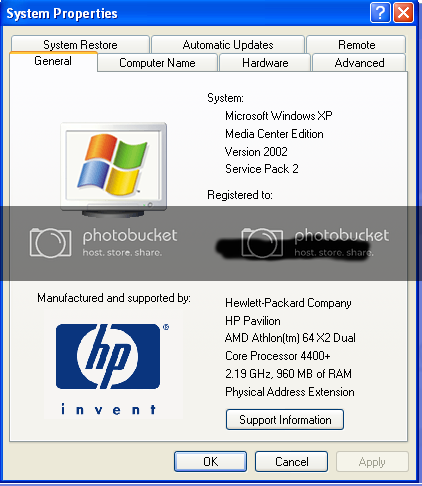

- #Gurobi and anaconda for mac how to
- #Gurobi and anaconda for mac install
- #Gurobi and anaconda for mac code
- #Gurobi and anaconda for mac download
Anaconda will be publishing a blog post later today on this issue.
#Gurobi and anaconda for mac how to
In this tutorial, you will discover how to set up a Python machine learning development environment using Anaconda. Python itself must be installed first and then there are many packages to install, and it can be confusing for beginners.
#Gurobi and anaconda for mac install
It can be difficult to install a Python machine learning environment on some platforms. Unwilling to give up, I uninstalled Anaconda and then tried the command-line installation. It worked fine as an application, but it just wouldn’t work with my terminal.
#Gurobi and anaconda for mac download
The first time I decided to download Anaconda, I went through the normal graphical Mac installation. The primary purpose of this package is to enable organisations to successfully secure, interpret, scale and store data that is critical for their daily operations. G = ox.Anaconda is a data science platform based around the Python coding language. Polygon, _ = ox.projection.project_geometry(geom, crs=, to_latlong=True) Project the street network within the area wkt = ring_road_jogja In this case, I used the coordinate area (Polygon) of Jalan Ring Road Yogyakarta. This command aims to import the modules needed for data collection. Ox.config(log_file=True, log_console=True, use_cache=True) Import the required modules import osmnx as ox Open Jupyter Notebook on Anaconda to begin the process. The data is collected from OpenStreetMap API, which OSMnx constructs. *In my case, it is C:\Users\Administrator To make it easier, move the mclp2.py file to the default PATH folder C:\Users\(Your Name)*. Then, to import the mclp2.py, we need to move the file to one Python PATH on your computer.
#Gurobi and anaconda for mac code
*Get the free license code by signing up to Gurobi and register for Academic License hereĭownload the library from the link above. Then, open the CMD.exe prompt again and write the following commands, line by line: conda config -add channels The mathematical formulation is given below: The problem is then solved by integer programming. The method evaluates a set of candidate sites within the region of the input points.

This library is Python's implementation of solving a classical instance of the maximum coverage location problem (MCLP) described in Church (1974).
To see the original publication by Yang (2019), check here. Mclp2.py is a Python library I made from modifying the mclp.py python library by Yang (2019). Gurobi Optimizer is a state-of-the-art solver for mathematical programming, solving all problem types including linear and mixed-integer programming Note: If you use OSMnx in your work, please download/cite the paper here. OSMnx is built on top of Python's NetworkX, matplotlib, and geopandas libraries for rich network analytic capabilities, beautiful and simple visualizations, and fast spatial queries with R-tree indexing (Boeing, 2016). OSMnx is a Python package to retrieve, model, analyze, and visualize street networks from OpenStreetMap. Anaconda Navigator is a desktop GUI included in Anaconda® distribution that allows you to launch applications and efficiently manage conda packages, environments, and channels. If you haven't seen my previous LinkedIn post, I suggest you check it out first here to know the background and the goal of the analysis. I hope it helps you to understand better. I try to explain it sequentially with step-by-step explanations. This article is intended for those who want to know the process I did in collecting data and generating the model used in the analysis of "Microhubs: The Future of City Logistics?". So this is my first LinkedIn article, and I'm just excited to share with you guys :D Let's get going!


 0 kommentar(er)
0 kommentar(er)
